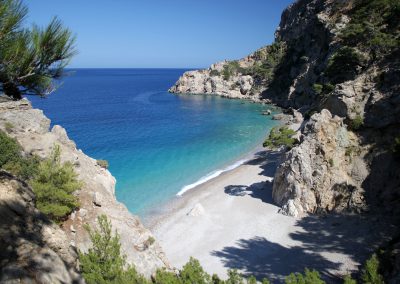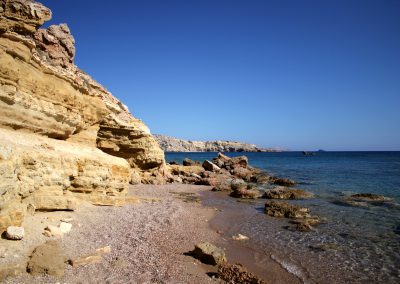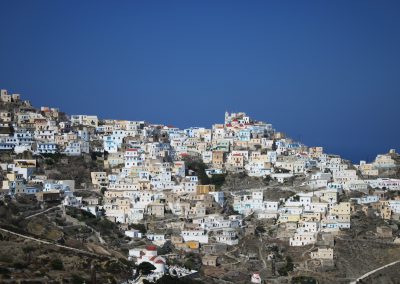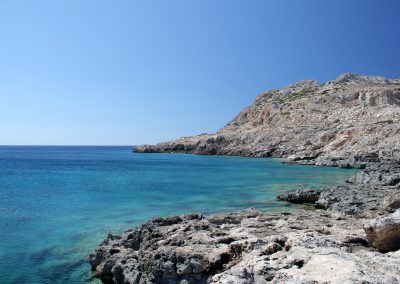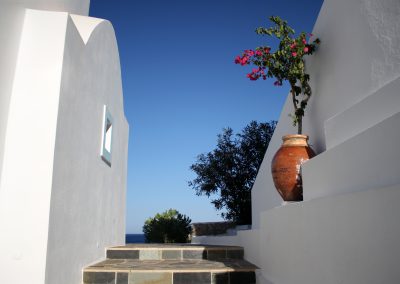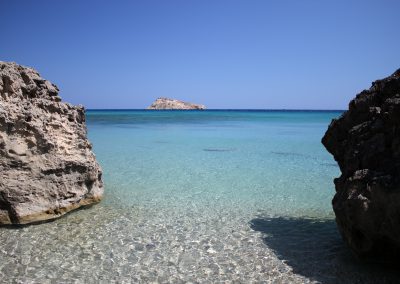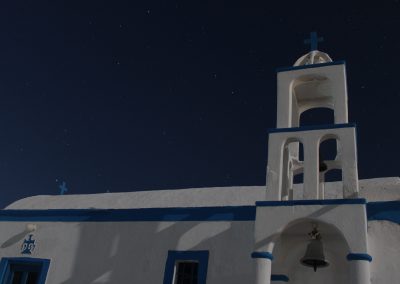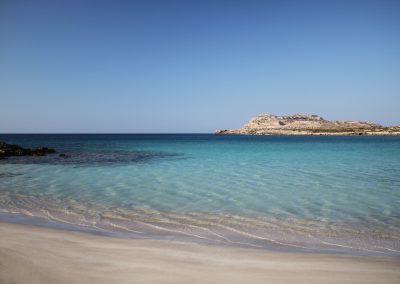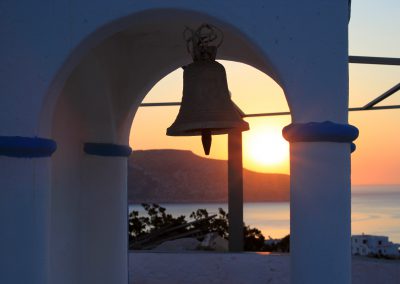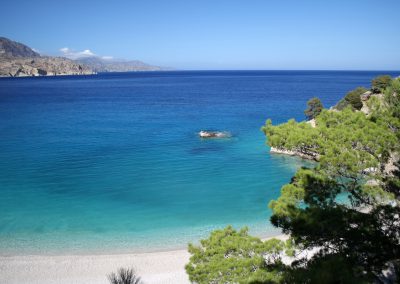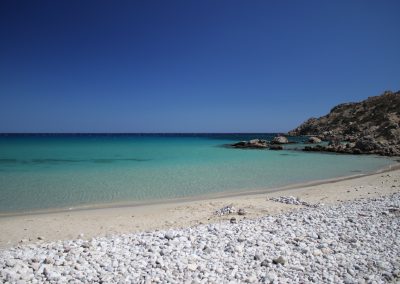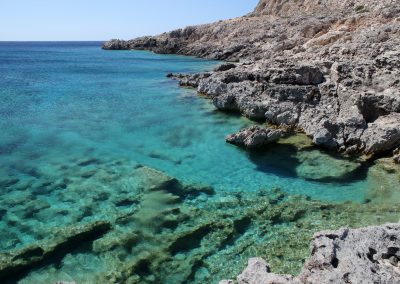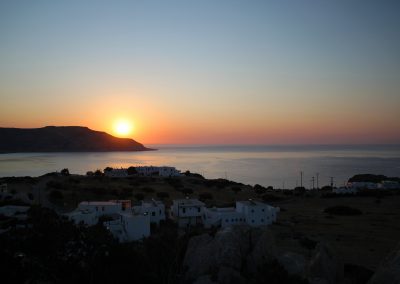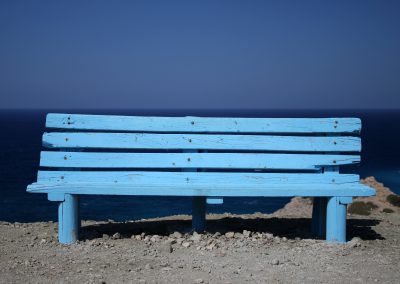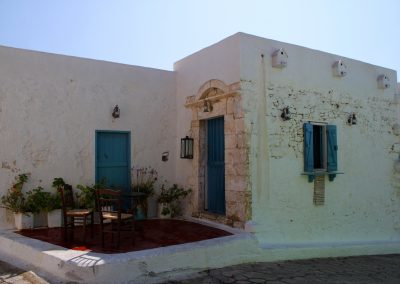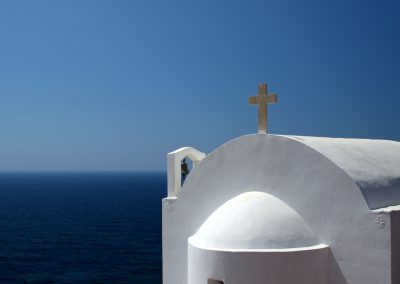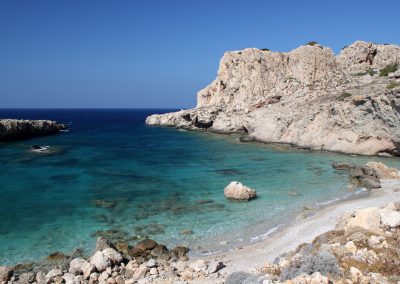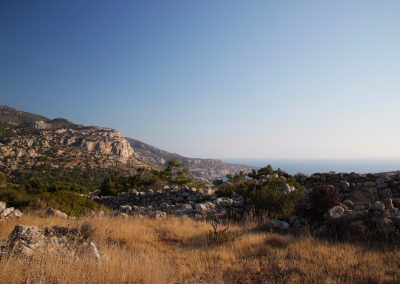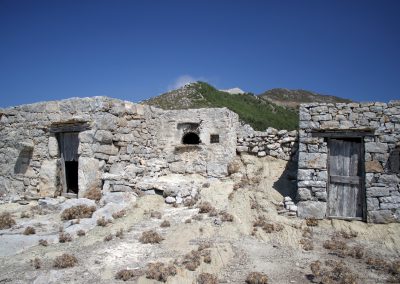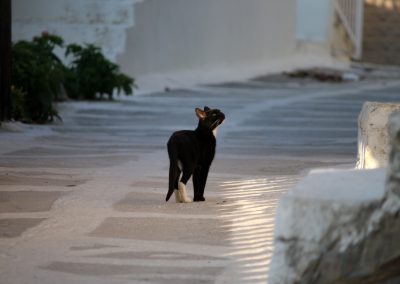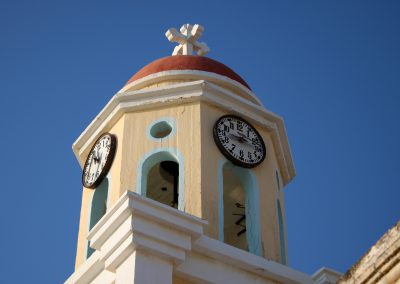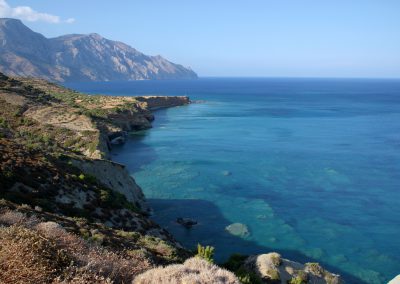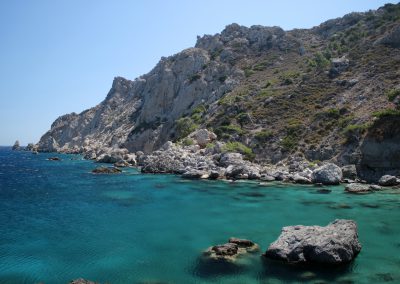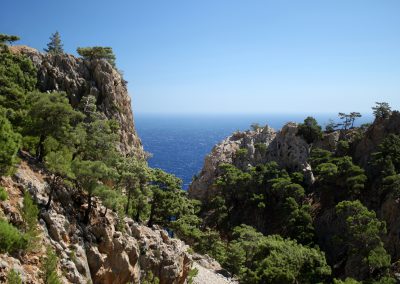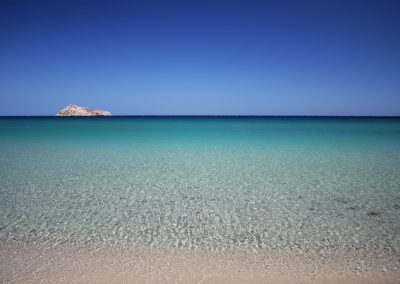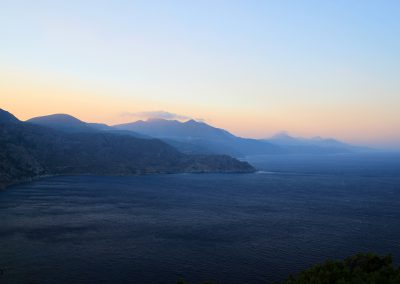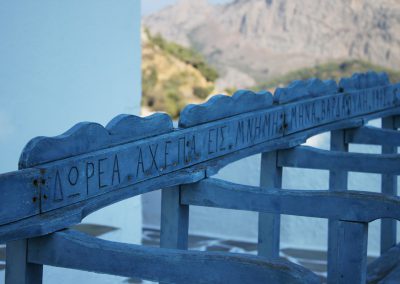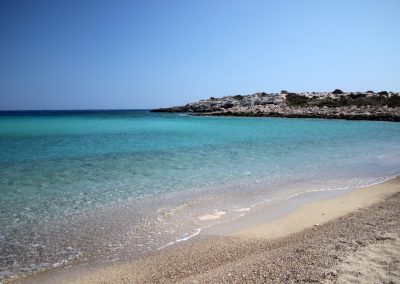Karpathos Island
Dodecanese, Greece
In Few Words
Karpathos is the second largest island in the Dodekanese, after Rhodes. It is situated between Crete and Rhodes, in the “Karpathian Sea”. The location of the island is strategic since it is the natural bridge which unites Crete with Asia Minor.
In aspect of geomorphology, Karpathos and Saria – the small island north of Karpathos – are two of the most gifted Greek islands. Calcareous rock beds define its morphological character. Over the rock beds of limestones lie more recent beds of stones such as plaster and others.
The variety of scenery of the island is unique. The transition from scenery to another and the changes of colours and shapes are frequent and unexpected and never make the visitor feel boredom or monotony. In contrary, high and steep mountains (Lastos, 1215 m. high, the highest in the Dodekanese) compose unique scenery.
On the mountains one will see steep dingles, dashing streams, deep caves with stalactites, green valleys with crystal clear waters which spread their melody and breeze everywhere. Moreover, one can find himself in mountain sides, full of pinetrees which are spread all over reaching golden and sandy beaches.
The beaches of Karpathos are something the visitor cannot find in many islands of Greece: virgin beaches with crystal clear waters, with sand or tiny pebbles, which have remained untouched by human activity.
Variety, contrast and harmony compose fascinating scenery and an unforgettable destination. Rightly Karpathos is characterized as one of the most beautiful islands of Greece.
Climate
The climate of Karpathos is definitely Mediterranean. One main characteristic of the Mediterranean climate are the strong winds during summer well-known as “Meltemia” (“etisian winds”), whereas during wintertime there are low levels of rain and mild temperatures.
